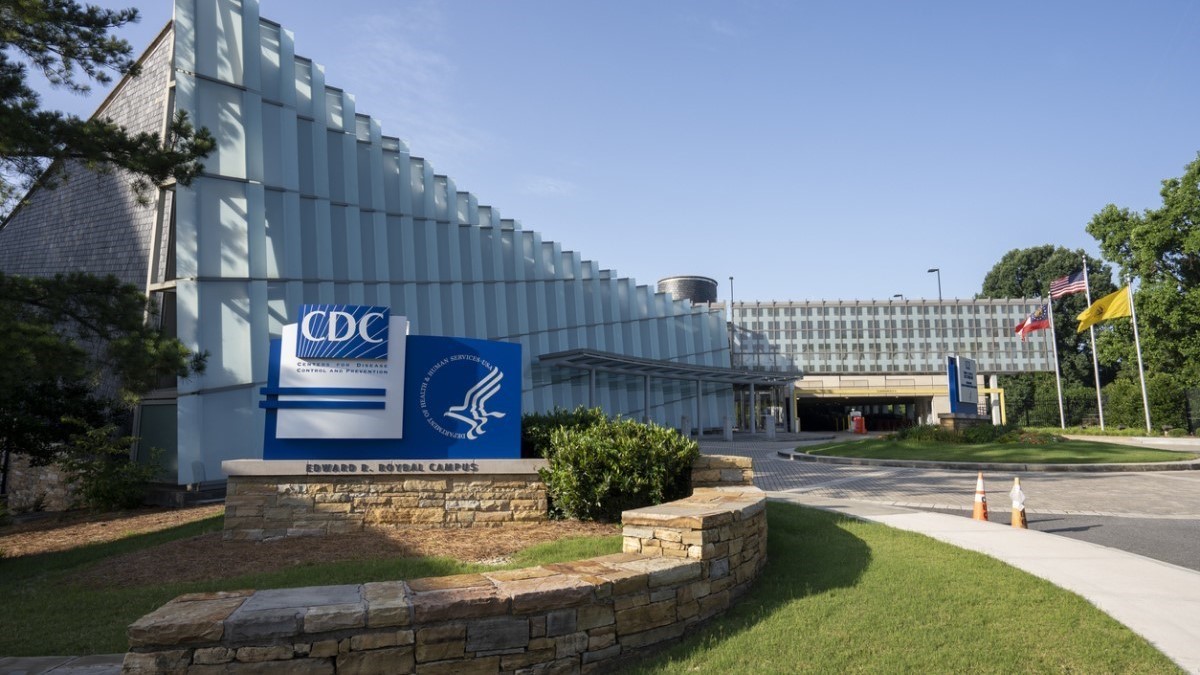What to know
- CDC is working to prevent and control breast cancer in several ways.

Breast Cancer Disparities Toolkit
The ASTHO Breast Cancer Disparities Online Toolkit provides resources for identifying, measuring, and addressing disparities in avoidable deaths from breast cancer among different groups of women. It is designed to provide state and local health departments, cancer registries, health care providers, health care payers, and community partners with a roadmap for reducing breast cancer mortality among groups of women who experience inequities in health care. It was developed with funding and support from CDC.
Breast cancer in young women
CDC works with public, non-profit, and private partners to address breast cancer in women younger than 45 years of age through a variety of activities, including:
- Our Bring Your Brave campaign, which provides information about breast cancer to women younger than age 45 and health care providers by sharing real stories about young women whose lives have been affected by breast cancer.
- The Advisory Committee on Breast Cancer in Young Women, which provides guidance regarding development, implementation, and evaluation of evidence-based activities aimed at prevention, early detection, and survivorship.
- The Young Breast Cancer Survivors Program, which provides support services and resources for young breast cancer survivors and metastatic breast cancer patients.
Surveillance
Cancer surveillance is the collection of information about cancer, including:
- Which groups of people were diagnosed with breast cancer.
- How far the breast cancer had spread at the time it was diagnosed.
- How the cancer was treated.
This information allows scientists to:
- See how breast cancer rates change over time and whether more women are being diagnosed before their cancer has spread.
- See which groups of people are more or less likely to get breast cancer.
- Plan cancer prevention and control programs and determine if they are working.
CDC supports cancer surveillance through:
- National Program of Cancer Registries: Funded by CDC, this program collects information about cancers diagnosed in the United States through central cancer registries. This information is used in breast cancer research and to answer community questions and concerns about breast cancer.
- Behavioral Risk Factor Surveillance System (BRFSS): The BRFSS is the world's largest ongoing telephone health survey system that gathers information on health risks in the United States. Information is collected about health behaviors like physical activity, diet, tobacco use, alcohol consumption, and other factors that may affect a person's risk of getting cancer. The BRFSS also collects information about breast cancer screening.
- National Health Interview Survey (NHIS): This survey collects information about a broad range of health topics, including information about breast cancer screening and risk factors for breast cancer. NHIS data are used to track progress toward achieving national health objectives related to screening.
Research
- CDC's Division of Cancer Prevention and Control supports studies that help improve efforts to prevent and control breast cancer.
- Supported by CDC, the Guide to Community Preventive Services reviews research to decide which strategies increase breast cancer screening.
Programs
CDC supports programs designed to prevent or control cancer.
- CDC's National Breast and Cervical Cancer Early Detection Program provides quality breast and cervical cancer screening and diagnostic services to women with low incomes who are uninsured and underserved, and supports strategies to increase screening in health systems and communities. These services can help find breast and cervical cancer at the earliest stages.
- CDC's National Comprehensive Cancer Control Program helps communities combine resources so they can develop and implement strategic plans that help lower the number of people getting cancer and help people with cancer get better treatment and have a better quality of life.
- CDC's Division of Nutrition, Physical Activity, and Obesity helps people be physically active and stay at a healthy weight, which can help lower the risk of breast cancer.
